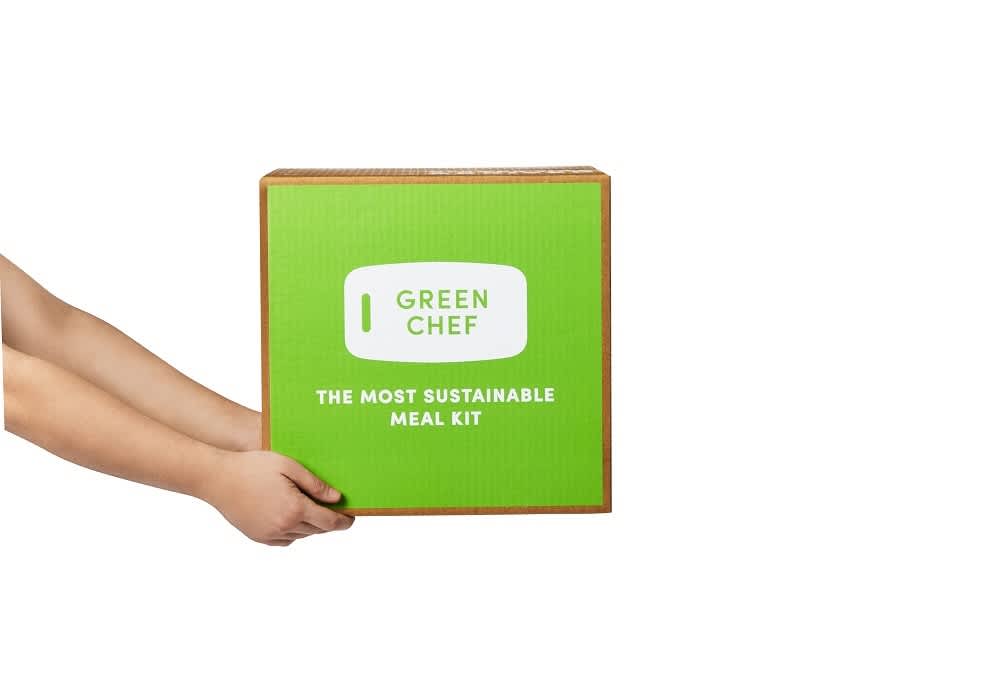
Keto 101: Keto Compared to Other Low Carb Diets
Keto 101: Keto Compared to Other Low Carb Diets
The low carb lifestyle: Which one to choose?
These days, low carb diets are all the rage – and for a good reason! Research indicates that low carb diets are an effective way to suppress appetite and lose weight. By restricting your intake of carbohydrates, including sugars, starches, pasta, and bread, while upping your intake of protein, healthy fats, and vegetables, you can shed pounds in a healthy and quick way.
But going low carb has benefits beyond weight loss. Studies have shown that a low carb diet can lower blood pressure, blood sugar, and triglyceride levels. What’s more, a low carb diet has also been shown to raise “good” cholesterol (HDL) levels and help balance “bad” cholesterol levels (LDL).
Sounds great, right? And it is! The low carb lifestyle has helped thousands of people shed pounds and regain their health. But a quick internet search yields a seemingly endless array of low carb diets to choose from. From keto to Atkins, South Beach to Paleo, it can be daunting! To help you start your journey, we at Green Chef have put together some information on the 4 most popular low carb diets so you can quickly and easily spot the differences and make an informed decision. Let’s go!
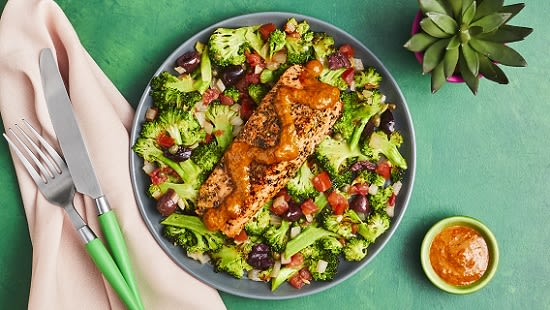
Keto vs Paleo, Atkins, and South Beach: What’s the difference?
All of these diets are technically “low carb diets” – so what’s the difference? All low carb diets significantly limit how many carbs you can eat in a day, but each diet has a different allowance, with keto being the most restrictive. What’s more, some diets allow certain types of carbs while forbidding others. With all these diets, you can say goodbye to processed sugar and starches, but some allow whole grains and fruits. Since keto is the strictest of these low carb diets, let’s look at the others in comparison to it.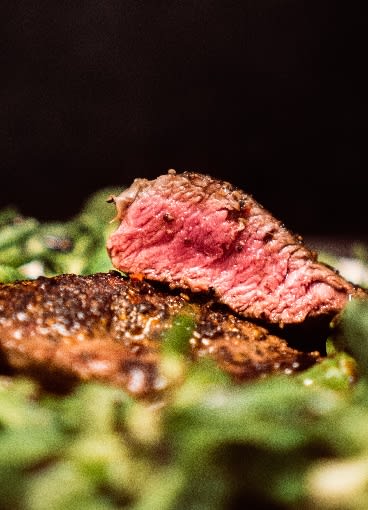
The keto diet basics
The keto diet restricts your daily carb intake to 50 grams or less. This puts your body in a state of ketosis, a fat-burning state that can melt away pounds. When the body doesn’t have any more carbs to burn, it starts to burn fat, and that leads your liver to produce something called ketones. Ketones are an energy source. Once your body has produced a certain level of ketones, it will use them to fuel your metabolism, and you’re officially in ketosis and your body can burn fat at a faster rate than on a traditional diet.
In order to stay in ketosis, it’s important to not only eliminate all but a few carbs, but to also significantly up your daily fat intake and be careful not to eat too much protein; excessive protein intake can kick your body out of ketosis.
Keto Fast Facts:
- High fat, moderate protein, very low carb
- Carb intake: maximum 50 grams
- Requires a constant state of ketosis
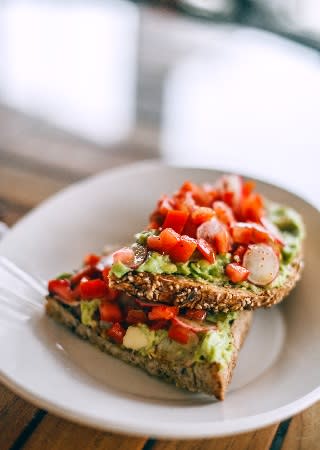
The Keto Diet vs. the South Beach Diet
The South Beach diet was created by cardiologist Arthur Agatston in 2003. The basic tenet of this low carb diet is to restrict foods with a high-glycemic index, or in laymen’s terms, foods that spike your blood sugar. Sugar and processed carbohydrates usually have a high glycemic index, while vegetables and whole grains are lower on the scale. The diet is divided into 3 phases, with the first being more or less “no carb,” the second allowing some fruits and whole grains, and the last claiming to allow everything in moderation.
South Beach Fast Facts:
- Moderate fat, high protein, low carb
- Divided into 3 phases
- Carbs are allowed in moderation after phase 1

The Keto Diet vs. the Atkins Diet
The Atkins diet became extremely popular at the start of the millennium after the publication of Robert C. Atkins’ best-selling book. The Atkins diet, like the South Beach Diet, is divided into phases that gradually get less restrictive with the final phase (Phase 4) allowing you to eat whatever you like in moderation. The idea is to kickstart weight loss with less than 20 grams of carbs a day, a level that will put your body into ketosis. You will, though, gradually work your way out of it.
Atkins Fast Facts:
- Divided into 4 phases: High fat, moderate protein, very low carb
- Phase 1, which last 2 weeks, is basically “keto” as it restricts your carb intake to just 20 grams a day
- High fat, moderate protein, low carb (especially in phases 1 and 2)
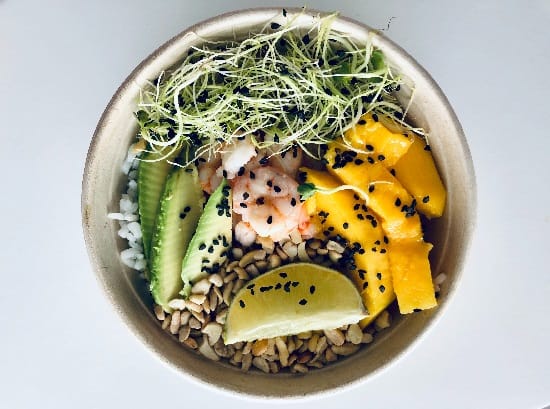
The Keto Diet vs. the Paleo Diet
The Paleo diet is often called the “caveman diet.” It’s based on the idea that, as the human genome has not changed for thousands of years, eating foods that were available to early humans promotes optimal health. This diet isn’t low carb per se, but the focus on non-processed, whole foods leads to the elimination of sugars, baked goods, and things like pasta and sweets. However, unlike keto, grains, fruits, and all veggies are allowed and there is no need to count how many grams of carbs you consume.
Paleo Fast Facts:
- The complete elimination of processed foods, including sugar and dairy
- Focus on whole foods like fruits, veggies, meats, nuts, and whole grains
- No limit to the number of carbs you can eat, but tends to be “low carb” thanks to the elimination of sugar and processed foods
